Some recent cameras have a nice feature: taking high resolution photos using "pixel shift".
The idea is to move the image sensor a couple times by either 1 pixel or even just half a pixel, and take several photos in these different sensor positions, and then combine them into one image.
This way more detail can be captured, as the camera's Bayer filter normally only captures 1 out of 3 colors per pixel (red, green or blue). By moving the sensor, all colors are captured on every pixel, and by moving the sensor in half-pixel steps, the detail increases even more.
Another benefit - in theory - is that combining these multiple exposures should also reduce image noise.
The downside is that, as several photos need to be combined, this works best for static scenes, as any movement can lead to strange artifacts and effects. Also, you need a stable tripod for this.
I've been using the 24 MP Panasonic S5 camera for a while now, but haven't tried the 96 MP pixel shift mode (using 8 pixel-shifted images) that much, so I decided to give it a try.
The images show the Urania Observatory in Vienna, built in 1909.
A downscaled image from the original 96MP image. 20-60mm kit lens at 24mm,, SO 400 and f/8. RAW edited in Lightroom.
The full 12000x8000px image can be found here: https://flic.kr/p/2kZq4nX
In order to show the difference in detail, here are magnified examples at 100% in pixel-shift vs non-pixel-shift. (As hive.blog seems to re-size all images to 768px width, I tried uploading both in the matching dimension, by adding a border to both images so they should be displayed at 100% resolution. I hope this works.)
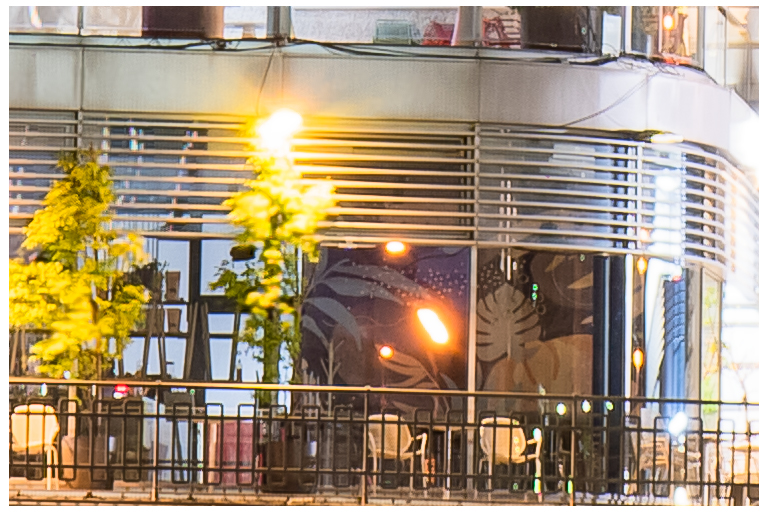
100% crop
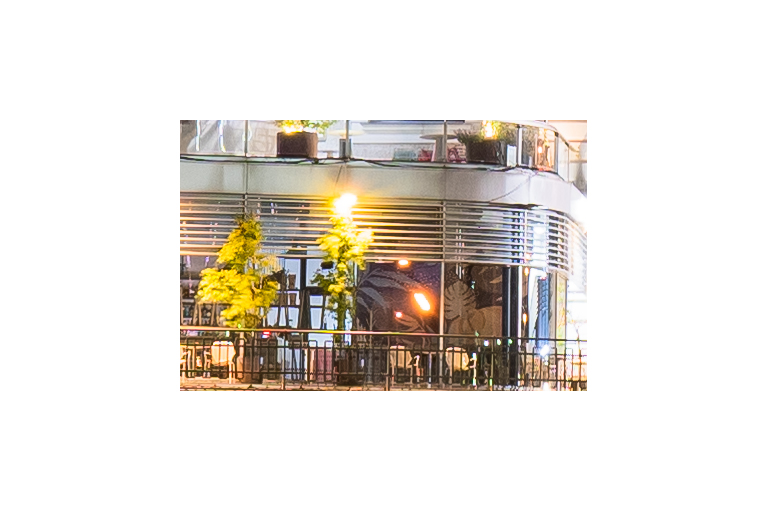
This is the same crop from the 24 MP version of the same shot, without pixel shift
Obviously, there is more detail in the pixel-shift version, though you can't expect 100% sharp results at pixel-level in the 96 MP version. I noticed that the high resolution RAW can take a bit more sharpening in post-processing though. Also, this was taken with the kit-lens at ISO 400. Nevertheless, the results are quite good.
If you downscale the 96 MP version to 24 MP, you can also see that there is a bit more detail - and also, no Moiré effect:
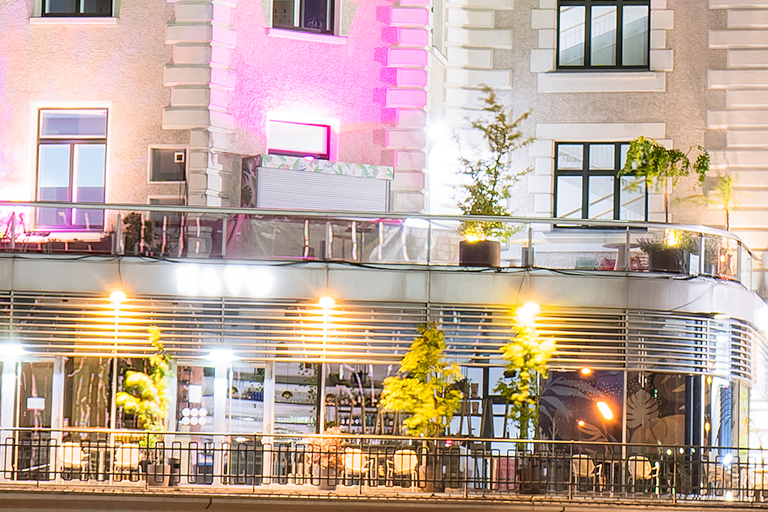
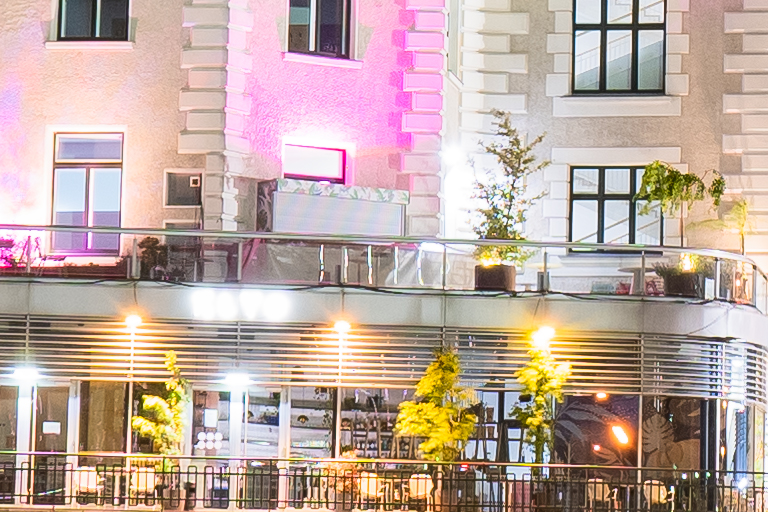
So is it worth the effort?
It depends - for some shots, I think so, yes. And though it looks like even the 20-60mm kit lens (which is actually pretty good, but still a kit lens) can deliver more detail when using pixel shift, I'm wondering if the effect might be even more visible with a decent prime lens.
Last but not least, two more pictures:
First, the 24 MP version. With a single exposure, the blurred river in front of the building also looks a lot different:
And another down-scaled photo, using high-resolution capture:
20-60mm kit lens at 60mm.
(reposted after submitting to wrong community)
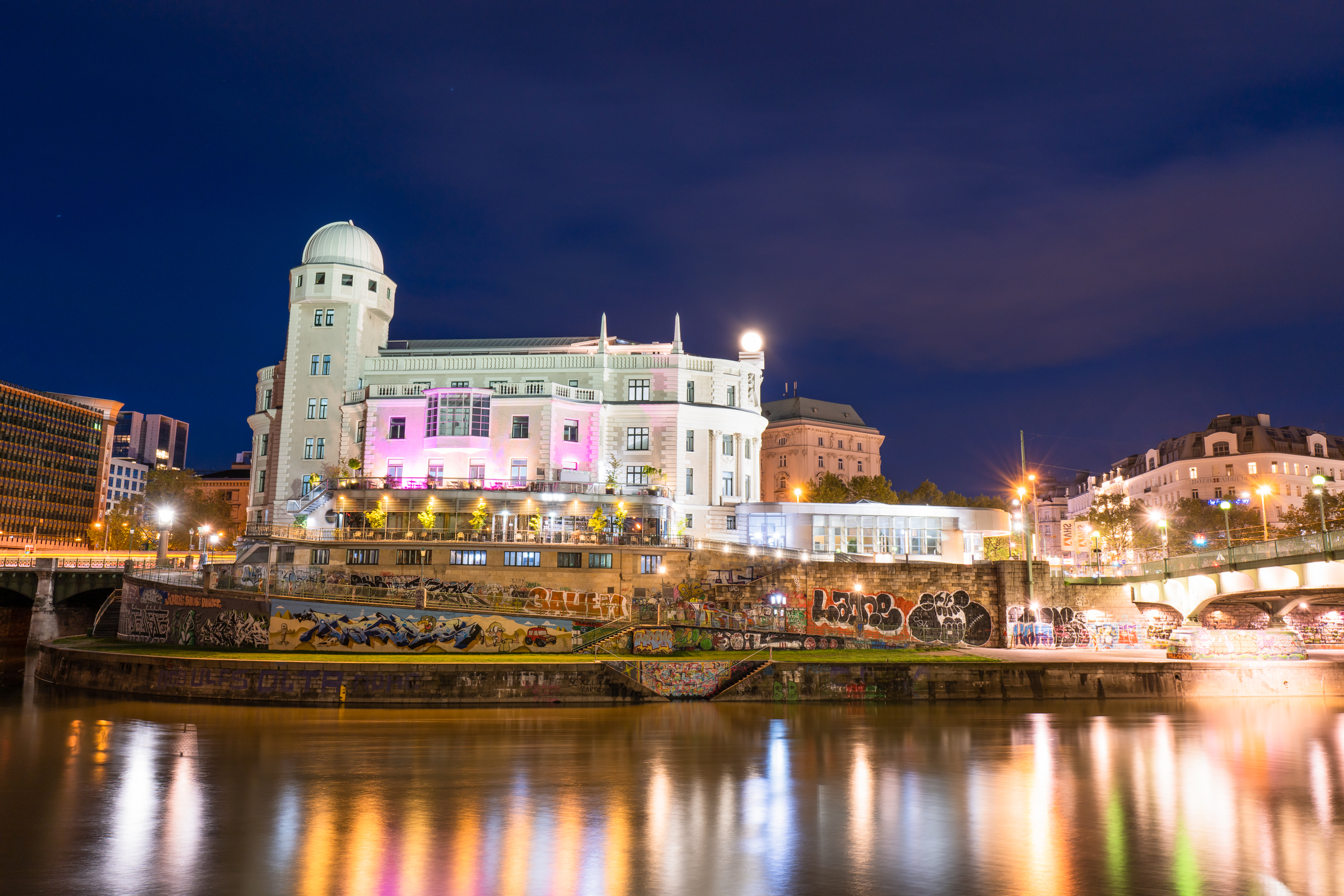

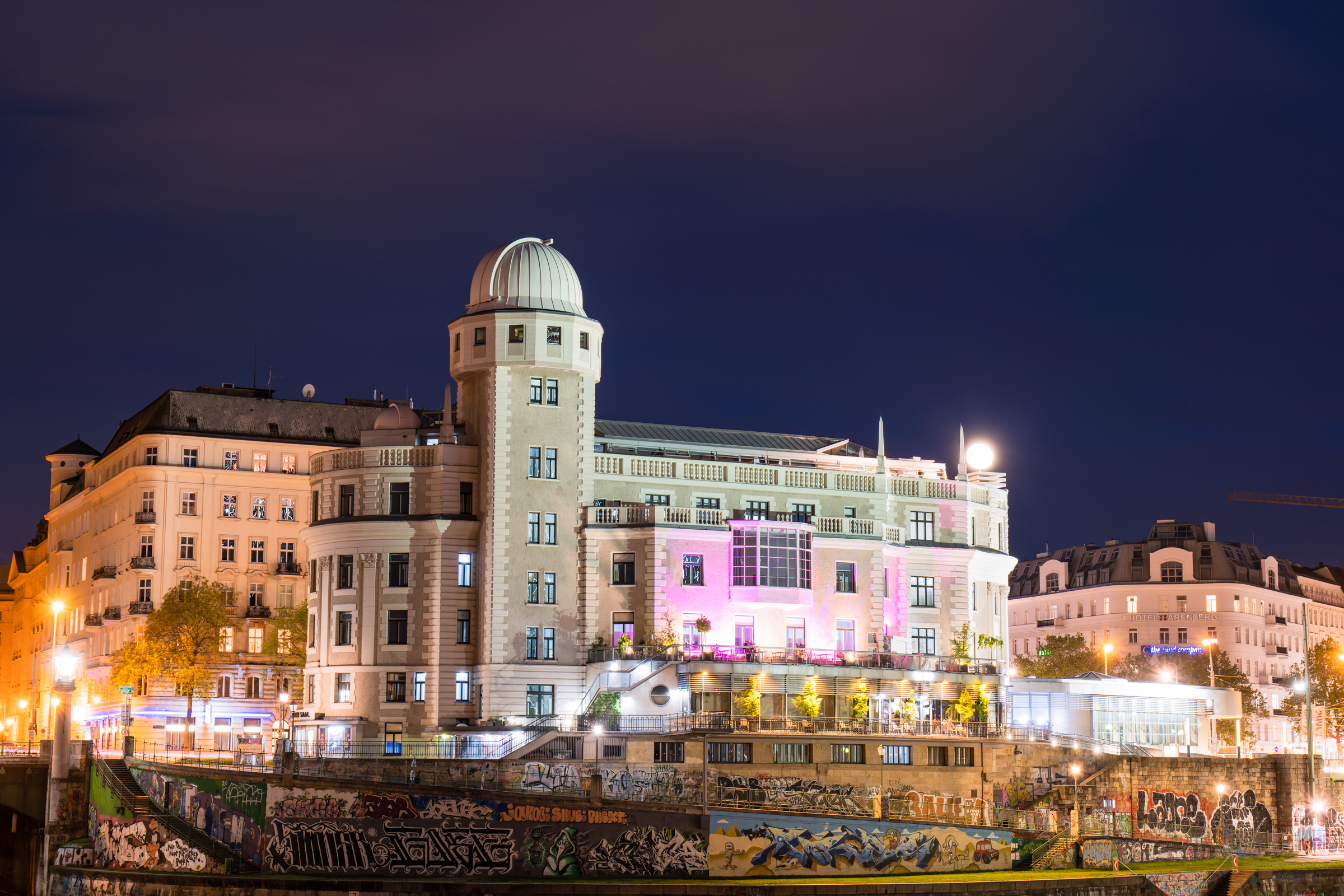
Congratulations @christianunger! You have completed the following achievement on the Hive blockchain and have been rewarded with new badge(s) :
Your next target is to reach 3750 upvotes.
You can view your badges on your board and compare yourself to others in the Ranking
If you no longer want to receive notifications, reply to this comment with the word
STOPSupport the HiveBuzz project. Vote for our proposal!